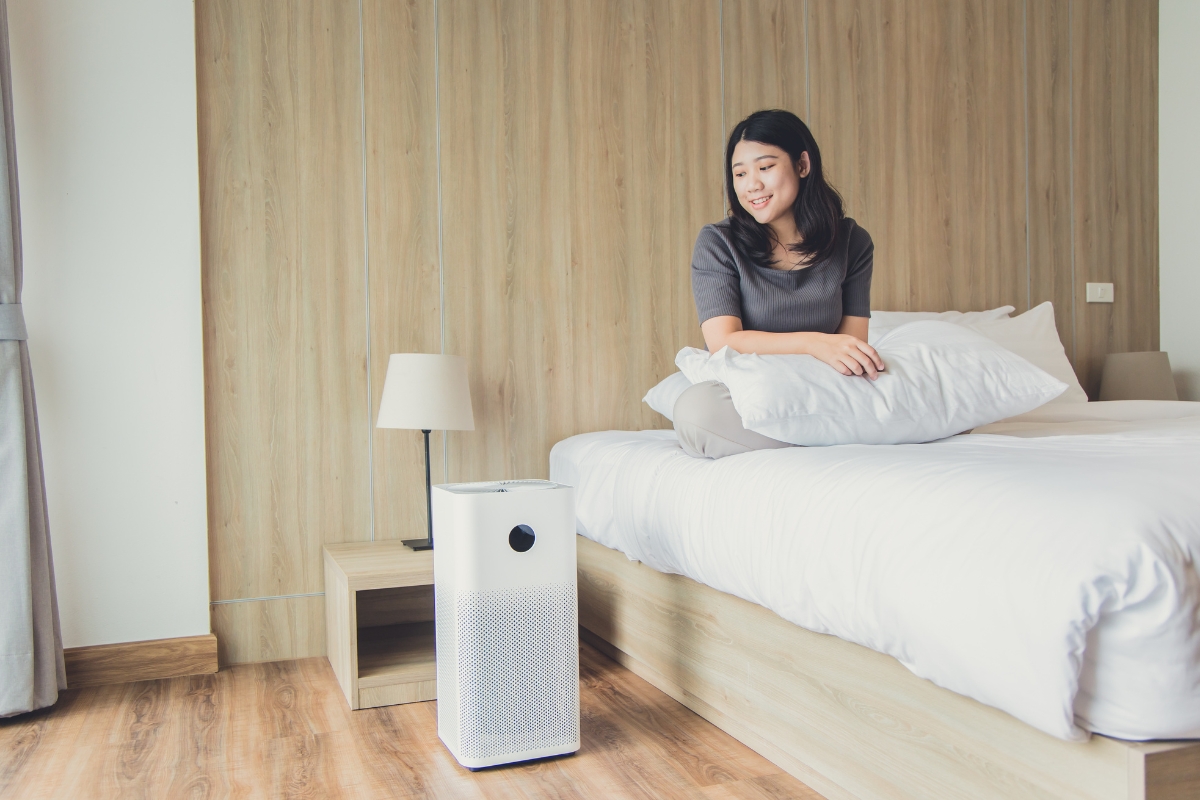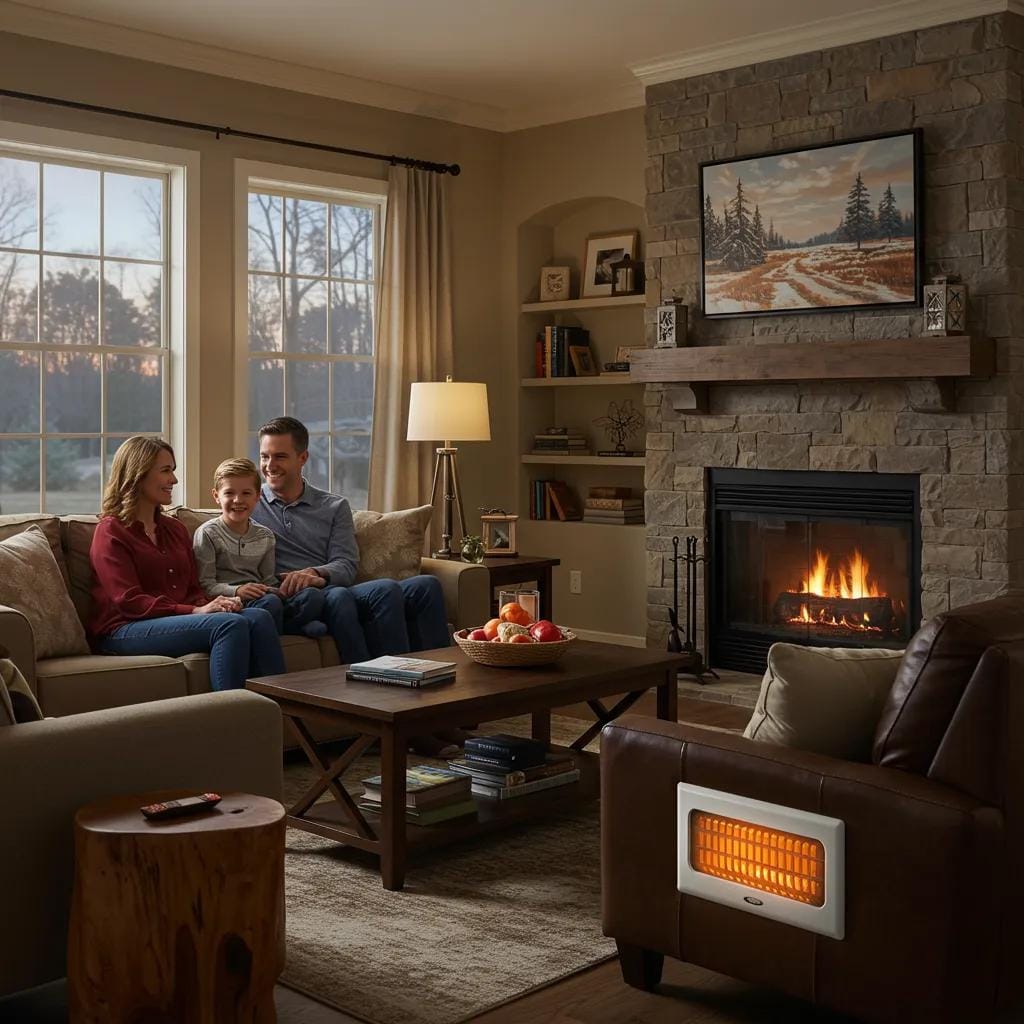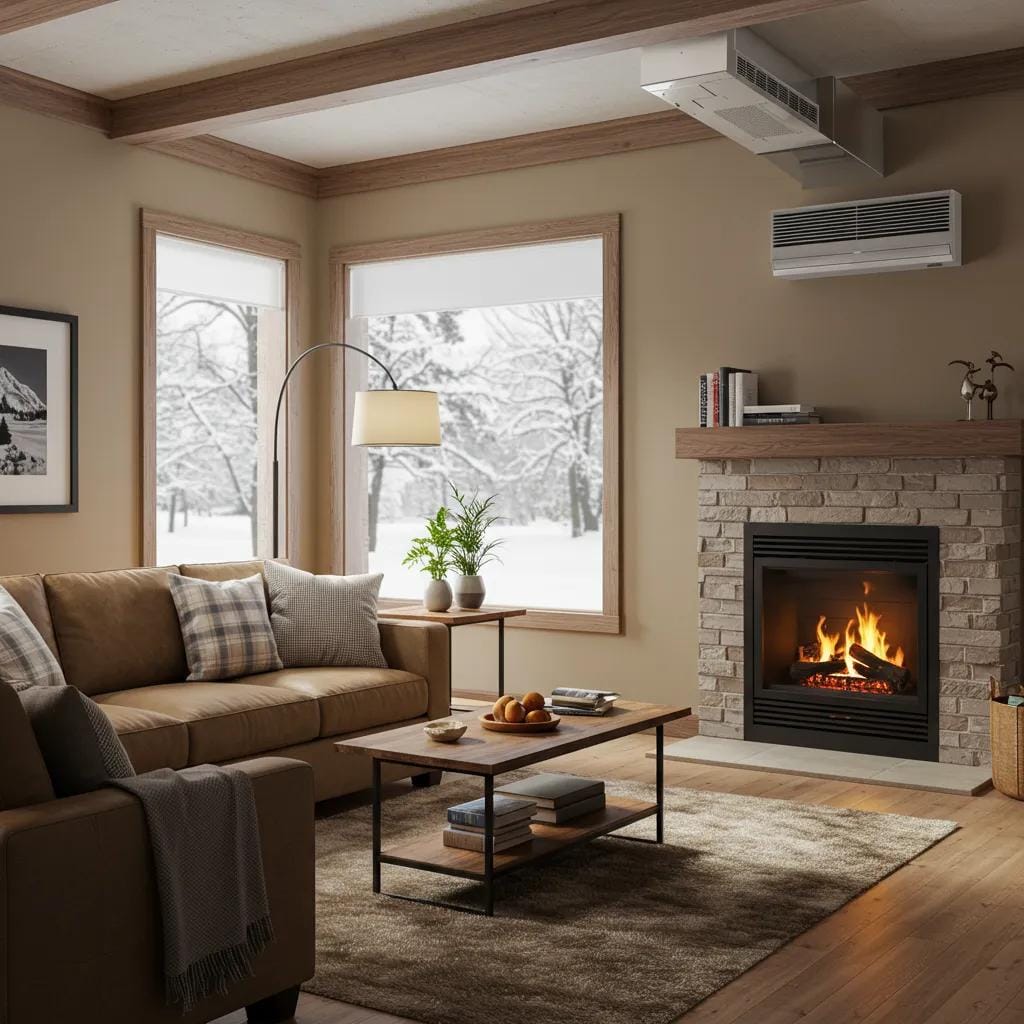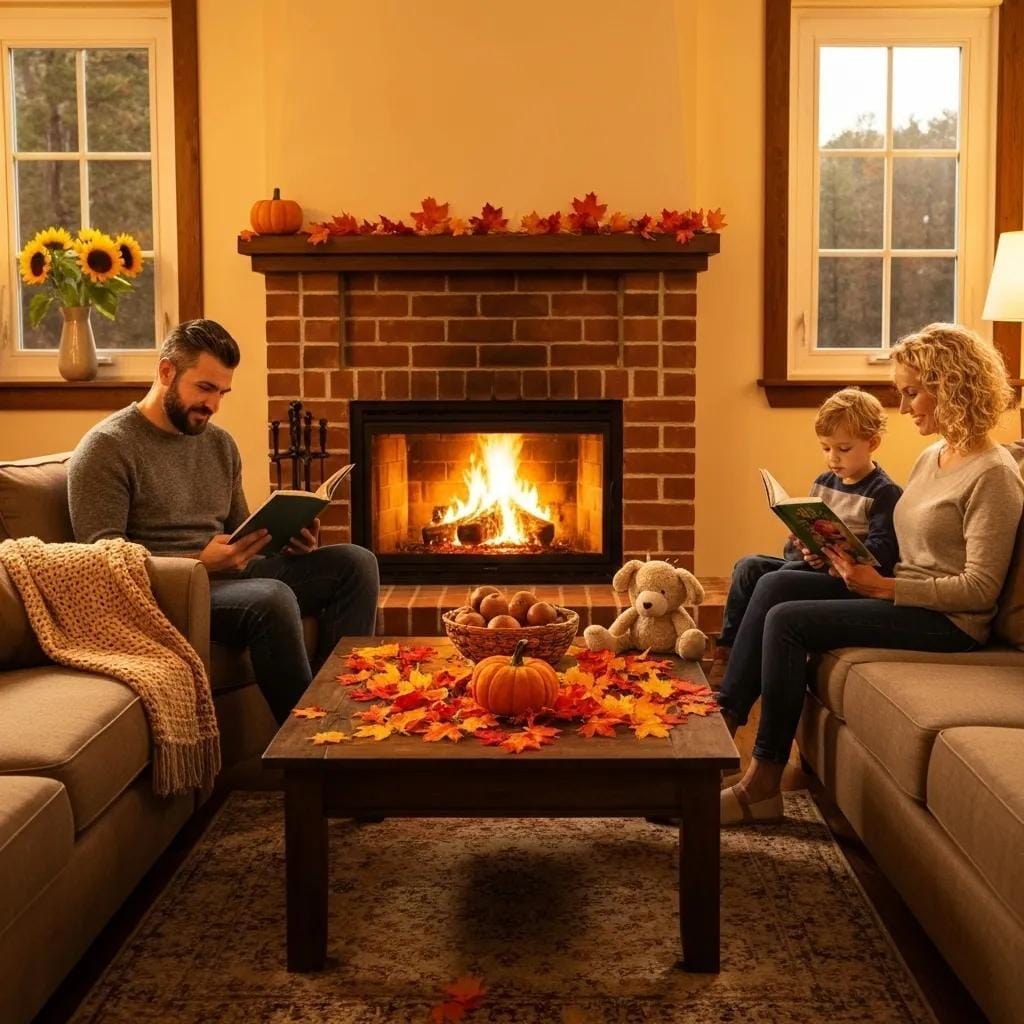Are you breathing clean and healthy air in your own home? You may think that the air inside your house is safe and free from pollutants, but unfortunately, that’s not always the case. Indoor air quality and pollution is a real concern, as it can lead to various health issues such as allergies, respiratory problems, and even long-term illnesses.
In this blog post, we will delve into the topic of indoor air quality and provide you with 12 valuable tips to ensure that the air in your home is fresher and healthier. From simple changes in cleaning habits to investing in air purifiers, these tips will empower you to create a safer and more comfortable environment for you and your loved ones.
So, if you’re ready to take control of the air you breathe and transform your home into a haven of clean and fresh air, let’s get started on this journey towards a healthier lifestyle.
Breath of Fresh Air: How to Improve Indoor Air Quality
1. Keep Your Home Clean and Dust-Free
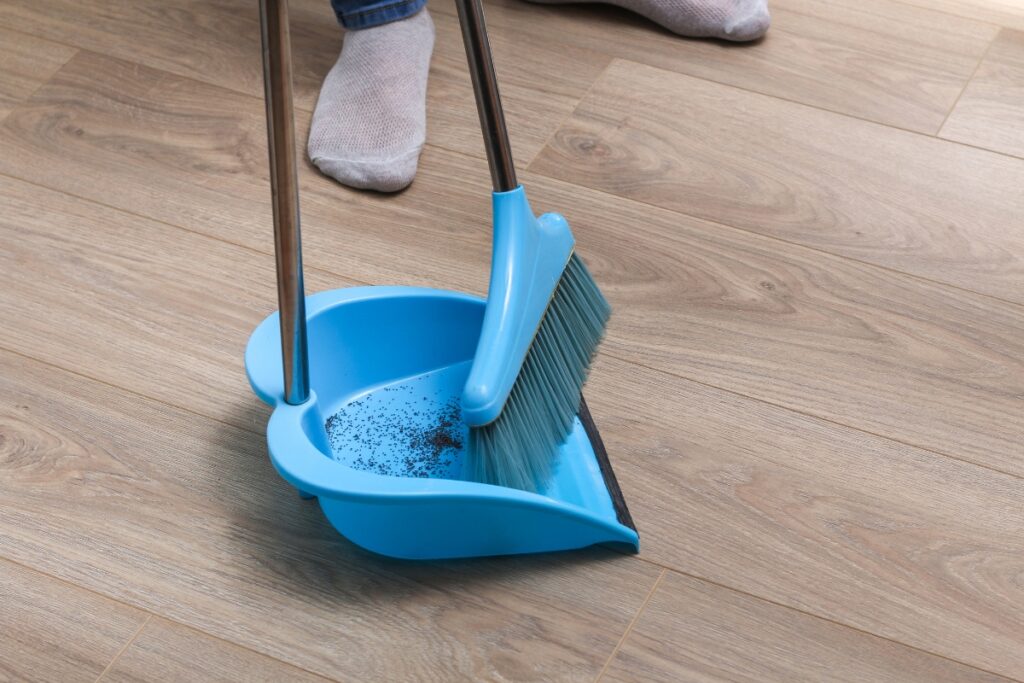
One of the most important steps you can take to improve indoor air quality is to keep your home clean and dust-free. Dust particles can contain a variety of allergens and pollutants, including pet dander, pollen, and even chemicals from cleaning products. Regular cleaning will help to remove these particles from surfaces and prevent them from becoming airborne.
To effectively remove dust from various surfaces, it is recommended to begin by using a slightly moistened cloth or a microfiber cloth. This technique proves advantageous in capturing the dust rather than dispersing it.
It is crucial to give extra consideration to spots that are prone to accumulating more dust, like shelves, window sills, and electronic devices. Furthermore, regular vacuuming remains an indispensable practice for eliminating dust from carpets and upholstery.
In addition to regular cleaning, it’s important to minimize the amount of dust that enters your home in the first place. Place doormats at all entrances to trap dirt and dust from shoes before they are tracked inside.
It’s also a good idea to remove shoes when entering your home to further reduce the amount of outdoor pollutants that are brought indoors.
2. Regularly Change and Clean Air Filters
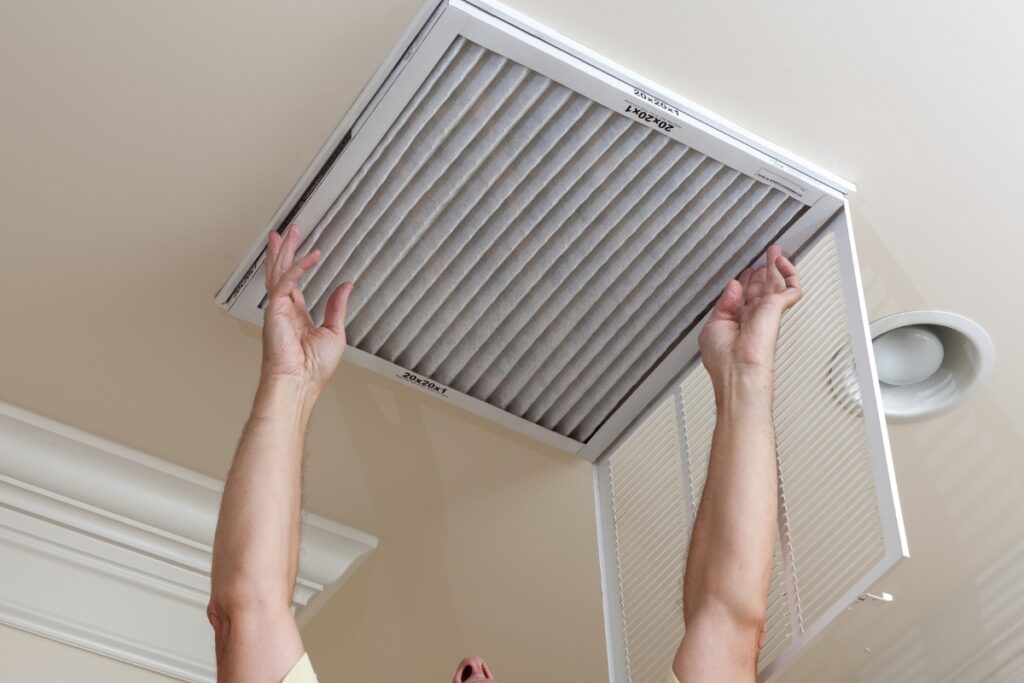
Your HVAC system plays a crucial role in maintaining indoor air quality by circulating air throughout your home. However, if the filters in your HVAC system are dirty or clogged, they can actually contribute to poor air quality by recirculating pollutants.
To prevent this from happening, it’s important to regularly change or clean your air filters. The frequency will depend on factors such as the type of filter you have and the level of pollutants in your home. As a general rule of thumb, it’s recommended to change or clean filters every 1-3 months.
When replacing filters, be sure to choose high-quality filters that are designed to capture a wide range of pollutants, including dust, pollen, and pet dander. This will help to ensure that the air circulating in your home is as clean as possible.
3. Control Humidity Levels

Humidity levels can have a significant impact on indoor air quality. High humidity can promote the growth of mold and mildew, while low humidity can lead to dryness and irritation of the respiratory system.
To maintain optimal humidity levels in your home, it’s important to use dehumidifiers or humidifiers as needed. In areas with high humidity, such as bathrooms and basements, a dehumidifier can help to remove excess moisture from the air. On the other hand, in areas with low humidity, a humidifier can add moisture to prevent dryness.
It’s also important to address any sources of moisture in your home that may be contributing to high humidity levels. This could include fixing leaks or improving ventilation in areas prone to moisture buildup.
4. Ventilate Your Home Properly
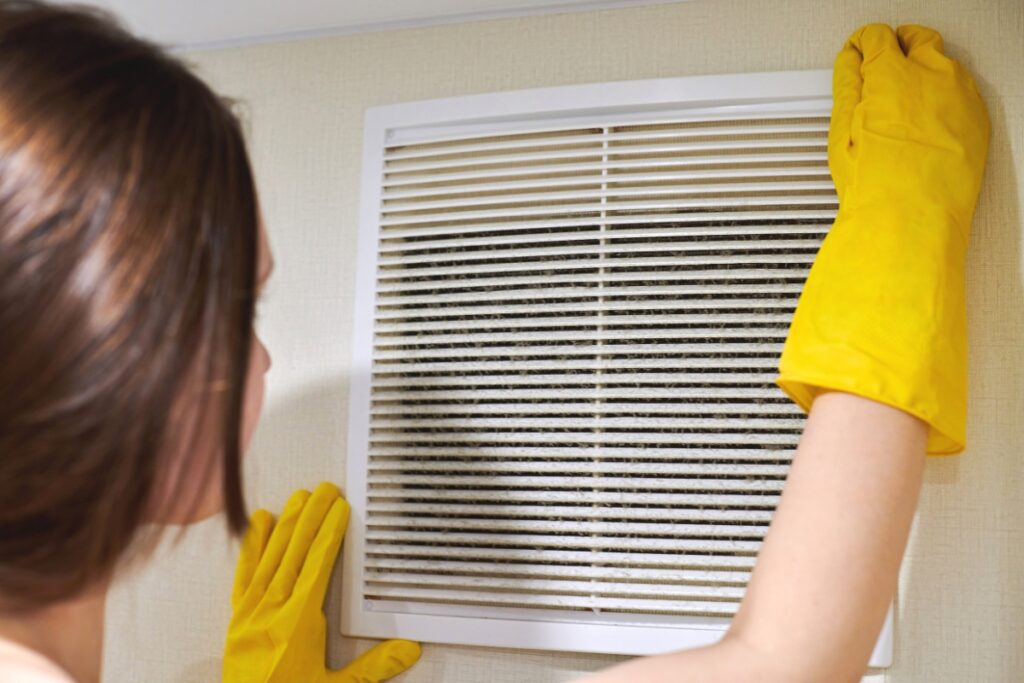
Proper ventilation is essential for maintaining good indoor air quality. Ventilation helps to remove stale air and pollutants from your home while bringing in fresh outdoor air.
One simple way to improve ventilation is by opening windows and doors whenever the weather permits. This allows for natural airflow and helps to flush out pollutants that may have accumulated indoors.
In addition to natural ventilation, consider using exhaust fans in areas prone to high levels of pollutants, such as kitchens and bathrooms. These fans help to remove cooking fumes, steam, and odors from these areas before they have a chance to spread throughout your home.
5. Limit the Use of Chemical Products

Many common household cleaning products contain chemicals that can contribute to indoor air pollution. These chemicals can release volatile organic compounds (VOCs) into the air, which can have both short-term and long-term health effects.
To minimize exposure to these chemicals, consider using natural or eco-friendly cleaning products. These products are typically made from plant-based ingredients and do not contain harsh chemicals or synthetic fragrances.
When using any cleaning products, be sure to follow the instructions carefully and use them in well-ventilated areas. Avoid using multiple cleaning products at once, as this can increase the concentration of pollutants in the air.
6. Remove or Reduce Indoor Allergens

To maintain a fresher and healthier home, it is crucial to remove or reduce indoor allergens. Indoor air quality plays a significant role in our overall well-being, as we spend a significant amount of time indoors. By taking the necessary steps to minimize allergens, we can create a more comfortable living environment and promote better health for ourselves and our loved ones.
- Keep a Clean and Dust-Free Home: Regularly cleaning and dusting surfaces can help eliminate allergens such as dust mites, pet dander, and pollen. Use a damp cloth or microfiber cloth when dusting to trap the allergens effectively. Vacuum rugs, carpets, and upholstery frequently to remove any trapped particles.
- Wash Bedding Frequently: Beddings, including sheets, pillowcases, and blankets, can harbor allergens such as dust mites. Wash them in hot water regularly to kill any mites and remove allergens. Additionally, consider using allergy-proof covers on mattresses and pillows to create a barrier between you and the allergens.
- Keep Pets Off Furniture and Bedding: Pet dander is a common indoor allergen that can trigger allergies and asthma symptoms. Establish pet-free zones in your home, especially in bedrooms and living areas. Regularly groom and bathe your pets to minimize dander and shedding.
- Consider Allergy Testing: If you or your family members suffer from severe allergies, consider getting an allergy test done. Identifying specific allergens can help you take targeted steps to remove or reduce them from your home.
7. Use Natural Air Purifiers
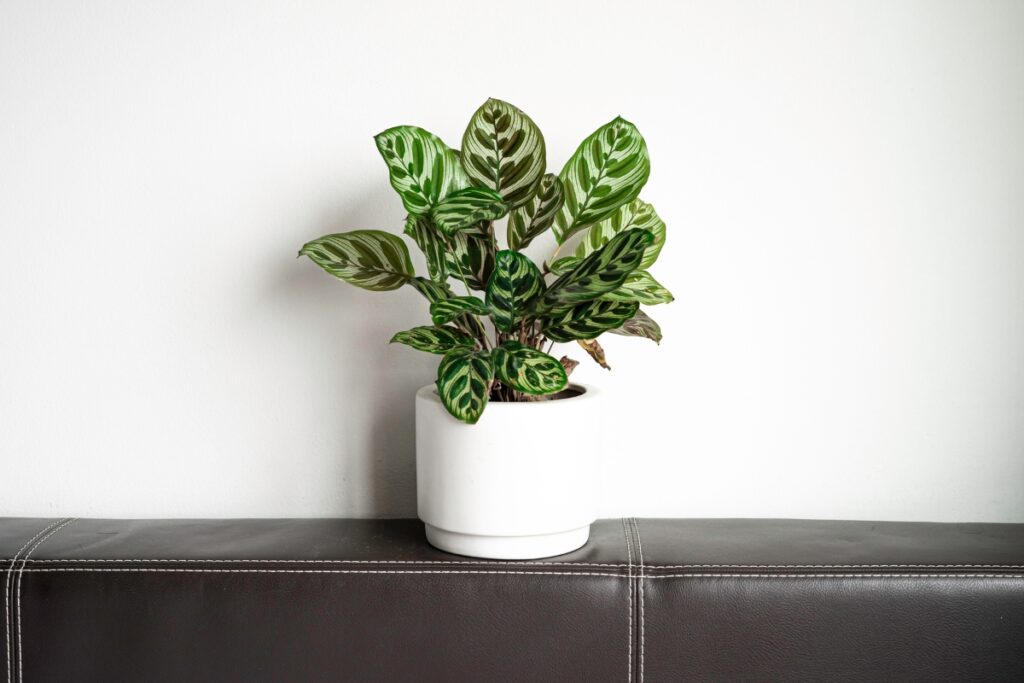
Apart from their visual appeal, plants also serve as natural air cleansers by absorbing carbon dioxide and emitting oxygen. Certain plants excel at eliminating indoor contaminants like formaldehyde, benzene, and trichloroethylene.
To enhance the quality of indoor air, consider incorporating plants such as peace lilies, spider plants, snake plants, or pothos into your living space. However, it is important to select non-toxic plants if you have pets or young children.
8. Keep Your Home Smoke-Free
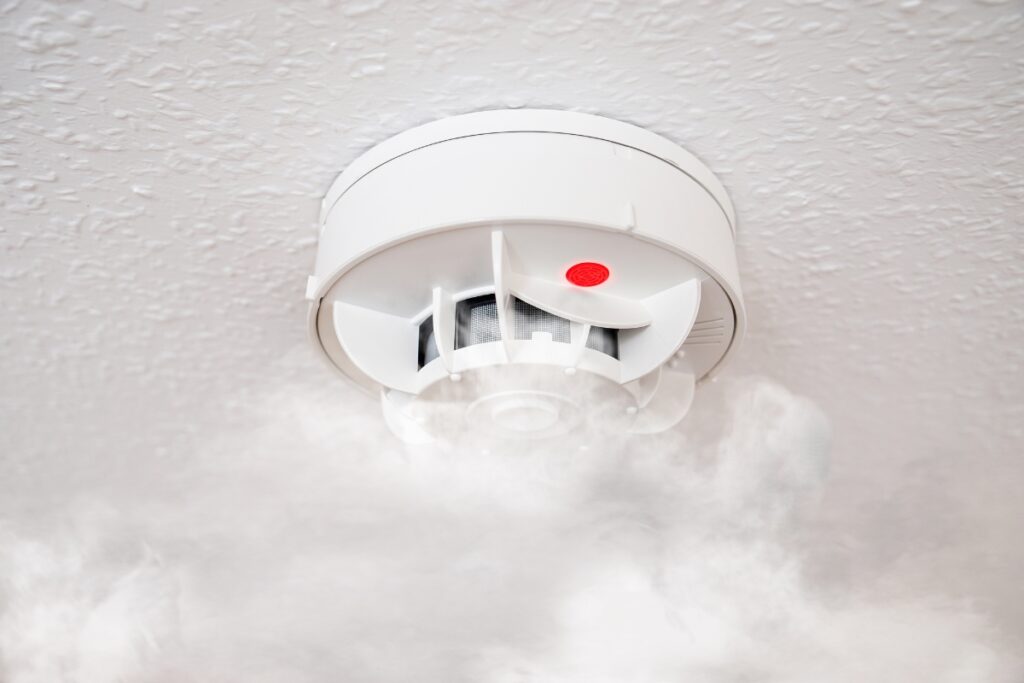
Poor indoor air quality can be greatly attributed to smoking indoors. The presence of secondhand smoke in indoor environments should not be underestimated, as it is comprised of numerous chemicals that have been proven detrimental to human health.
In order to maintain a smoke-free home, it is imperative for individuals who smoke or reside with smokers to adopt certain measures. These measures include choosing to smoke outside the house and ensuring a safe distance from open windows or doors.
Another approach would involve creating a designated smoking zone that is situated far away from the primary living areas within the household.
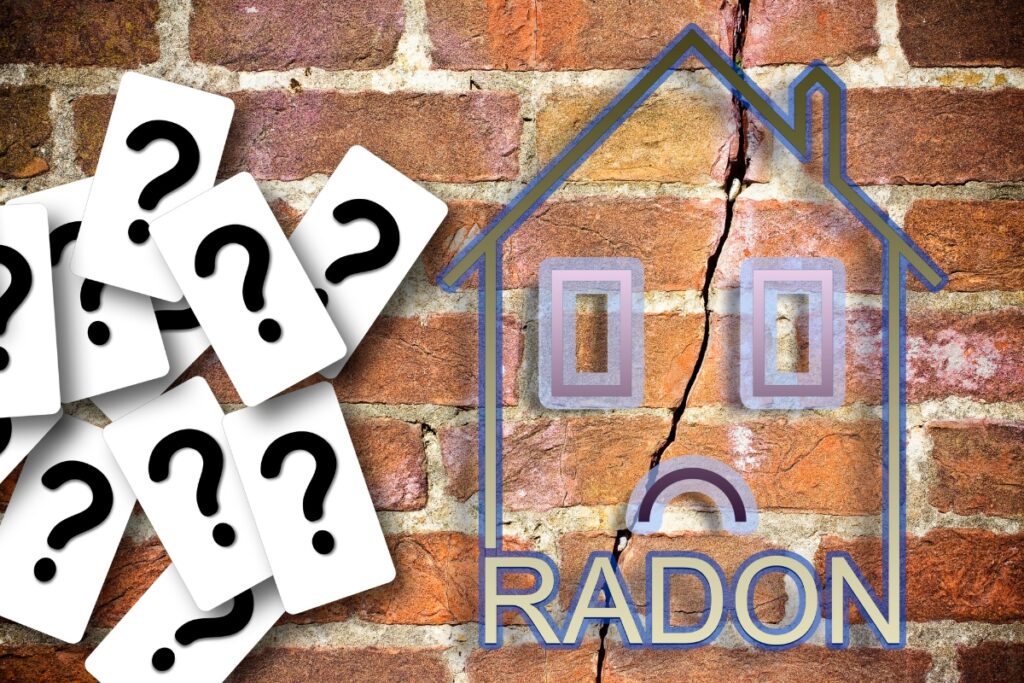
Radon is a naturally occurring radioactive gas that can seep into homes through cracks in the foundation or walls. Prolonged exposure to high levels of radon can increase the risk of lung cancer.
To ensure that your home has safe radon levels, consider testing for radon using a do-it-yourself kit or hiring a professional radon testing service. If high levels are detected, there are various mitigation techniques available to reduce radon levels in your home.
10. Invest in an Air Purifier
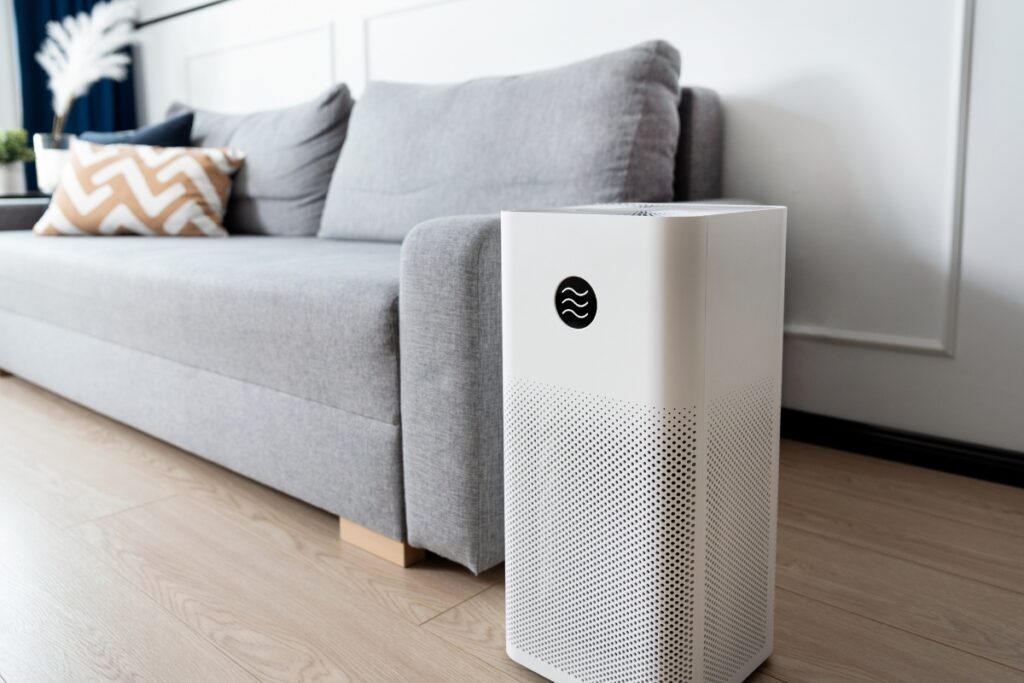
An air purifier can be a valuable investment for improving indoor air quality. These devices work by filtering out indoor air pollutants and allergens from the air, helping to create a cleaner and healthier environment.
When choosing an air purifier, look for one that is capable of filtering out a wide range of pollutants, including dust, pollen, pet dander, mold spores, and VOCs. Consider the size of the room where you plan to use the purifier and choose one with an appropriate CADR (Clean Air Delivery Rate) for that space.
11. Maintain Your HVAC System

Keeping your HVAC system in good working condition is essential for maintaining indoor air quality. Neglecting regular maintenance can lead to a variety of issues, including poor air circulation, increased energy consumption, and even health problems. By following a few simple maintenance tips, you can ensure that your HVAC system continues to provide clean and fresh air for your home.
- Clean the air vents and ducts: Over time, dust and debris can accumulate in your air vents and ducts, reducing the efficiency of your HVAC system and contributing to poor indoor air quality. Regularly clean the vents and have your ducts professionally cleaned every few years to remove any built-up dirt.
- Schedule annual inspections: It’s a good idea to have a professional HVAC technician inspect your system at least once a year. They can identify any potential issues, clean and lubricate components, and ensure that your system is operating at its best.
- Invest in a programmable thermostat: A programmable smart thermostat allows you to set different temperatures for various times of the day. This not only saves energy but also prevents your HVAC system from working harder than necessary.
- Educate yourself about your HVAC system: Understand how your HVAC system works and familiarize yourself with its components. This knowledge will help you troubleshoot minor issues and communicate effectively with HVAC professionals.
- Consider professional maintenance plans: Many HVAC companies offer maintenance plans that include regular inspections and tune-ups. These plans can help keep your system in top shape and extend its lifespan.
12. Eliminate Mold and Moisture
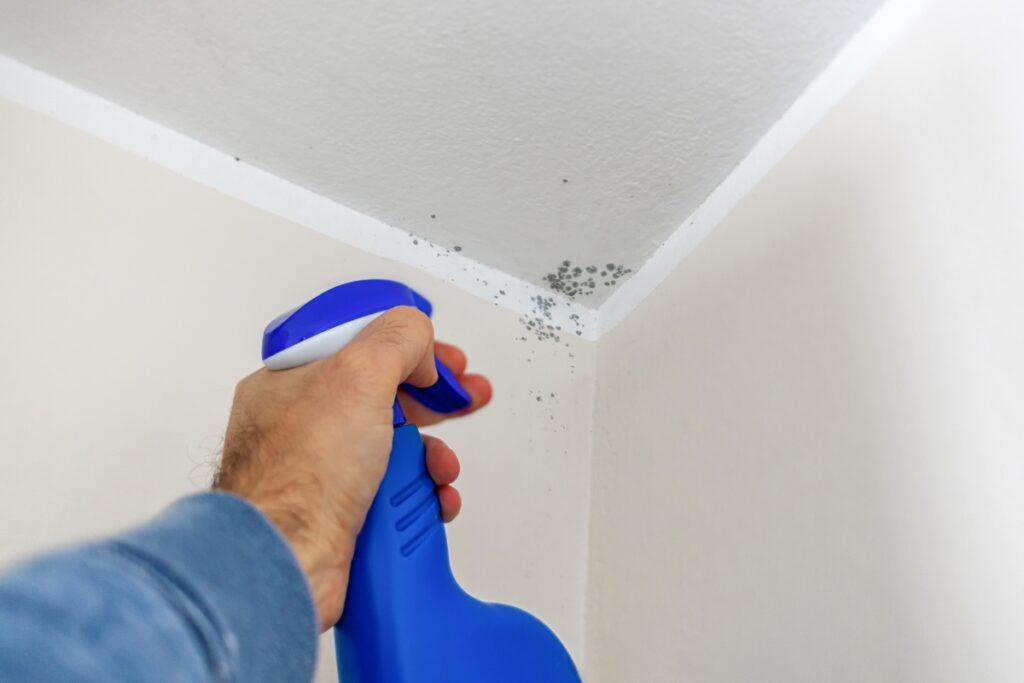
Mold and moisture can be detrimental to both the health of your home and the well-being of its occupants. To ensure a fresher and healthier indoor environment, it is essential to eliminate mold and moisture. By taking proactive measures, you can prevent the growth of mold and reduce excess moisture in your home.
- Identify Problem Areas: Start by identifying areas in your home that are prone to mold and moisture buildup. Common problem areas include bathrooms, kitchens, basements, and areas with poor ventilation.
- Fix Leaks and Dampness: Address any leaks or sources of dampness promptly. Repair plumbing leaks, fix roof leaks, and seal any cracks or gaps in your home’s foundation or walls. Moisture intrusion can lead to mold growth if left unattended.
- Control Indoor Humidity: Keep your indoor humidity levels in check. Aim for a humidity level between 30% and 50%. Use a dehumidifier in areas where moisture is a concern, especially in basements or crawl spaces.
- Use Mold-Resistant Materials: When renovating or building, opt for mold-resistant materials. These materials are designed to resist mold growth and can help in preventing future mold problems.
- Use Exhaust Fans: When cooking or taking a shower, always use the exhaust fans to remove excess moisture from the air. This simple step can significantly reduce the risk of mold growth.
- Control Condensation: Condensation can contribute to mold growth. To control condensation, use insulation on cold surfaces such as windows or pipes, use storm windows, and consider using a dehumidifier.
Conclusion: Breathing Fresh and Healthy Air in Your Home
Improving indoor air quality is essential for creating a healthier home environment. By following these 12 tips, you can significantly reduce the presence of pollutants, allergens, and other harmful substances in the air you breathe.
Ready to take the first step towards a cleaner, healthier indoor environment? Choose CoolPro Heating & Cooling for reliable service and expert guidance. Contact us at 770-694-6232 to learn more about our HVAC solutions, or fill out our online form to get an estimate and take control of your home’s air quality today.

